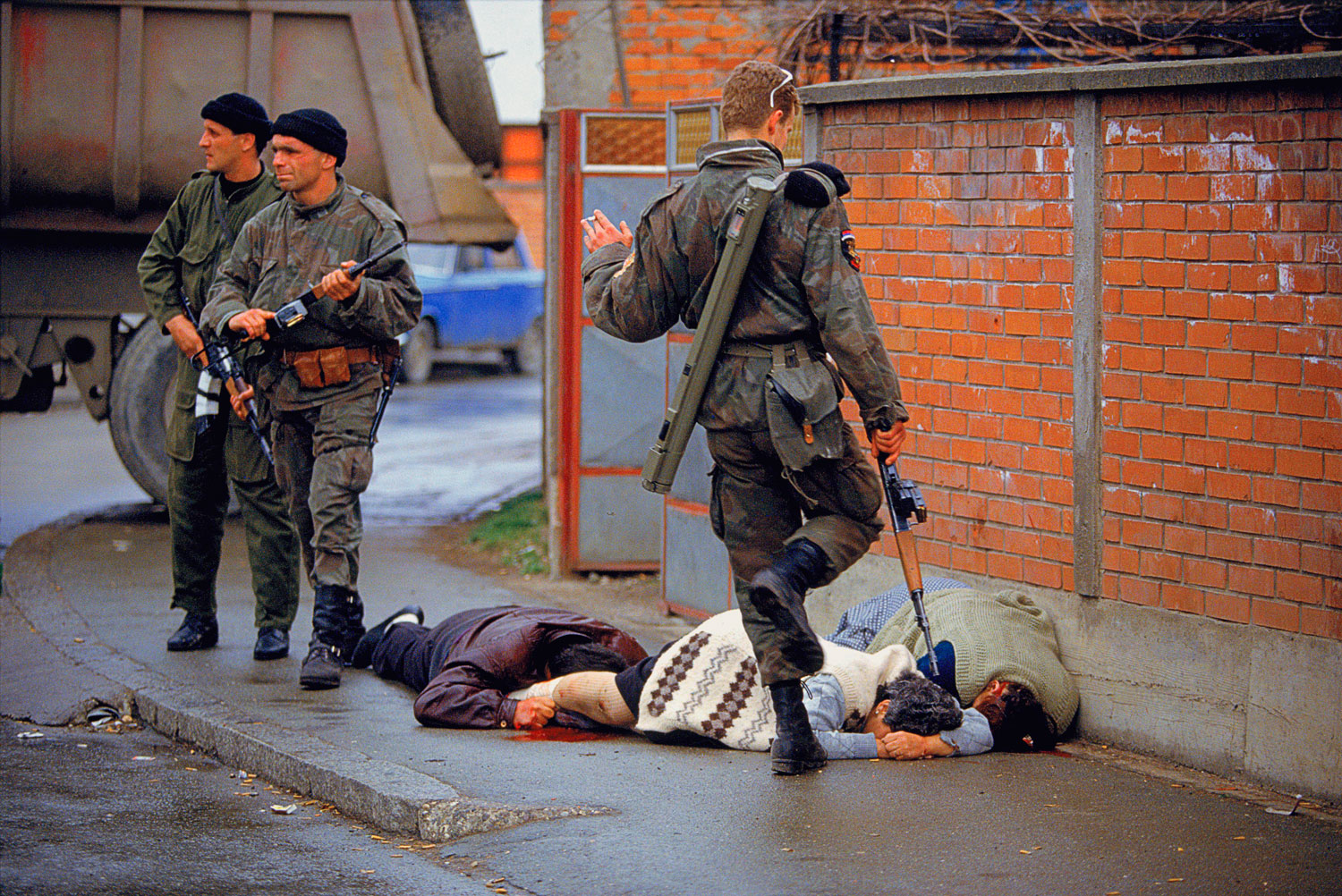
As the conflict in Ukraine continues, another battle rages far from the front lines—a battle between Russian news sites and a group of Kiev-based journalists who say the sites are misusing, even fabricating, news photographs filed from Ukraine.
In an effort to put a stop to what they see as fraud, the journalists—who are alumni and students at Kiev’s Mohyla School of Journalism—have launched Stopfake.org, a “fact-checking project, which aims to help people separate the truth from the lie in the media,” as the group’s co-founder and editor-in-chief Oleg Shankovskyi tells TIME.
Shankovskyi and his colleagues feel that the best way to combat what they see as an inappropriate use of images is simply to point out the inaccuracies. “Very often people just don’t think critically about what they hear from the media—they just believe it,” he says.
The group points to one recurring instance of apparent misrepresentation as typical of the stories
they are trying to counter. A woman called Maria Tsypko periodically emerges in interviews on Russian TV, each time in an apparently different pro-Russian role. She has been interviewed as a separatist camp organizer in Odessa, played a political refugee in Sevastopol and even collected donations in Crimea to ask Russia for help.
Not all misappropriated media has been this blatant, the group says. Often photographs shot in China, Canada and Mexico over the past 30 years are recaptioned to represent events currently occurring in Ukraine.
One photo of a burning tank claimed to be from conflicts in Donbass was actually taken in 1989 during the Tiananmen Square protests. Another image pictured a crying girl sitting on the body of her deceased mother, allegedly killed in Donbass. The image is actually a promotional photo from the 2010 Russian war film Fortress of War.
One of the more obvious examples of misappropriation involves Ron Haviv’s iconic 1992 image from the Bosnian War, which shows Serbian paramilitary officers, known as Arkan’s Tigers, kicking the dying bodies of Muslims. The photo recently went viral on Facebook and Twitter, with a caption claiming it portrayed Ukrainian soldiers in Crimea.
“This, of course, is just a complete misuse and fabrication, and is being used to instill fear,” says Haviv. “It doesn’t represent the current situation in Ukraine because it’s not Ukraine.”
Indeed, he views photo misuse as part of a larger trend in recent conflict photography. War-torn countries like Syria have become too dangerous for many professional journalists to visit, leaving the media often dependent on images and videos produced by the combatants themselves. “I think we’re certainly seeing with the war in Syria, and now in this conflict, the power of social media,” says Haviv. “It’s so easy to take an image from one place, put another caption on it and put it out there.” The line between news and propaganda has never been so thin.
Josh Raab is a contributor to LightBox
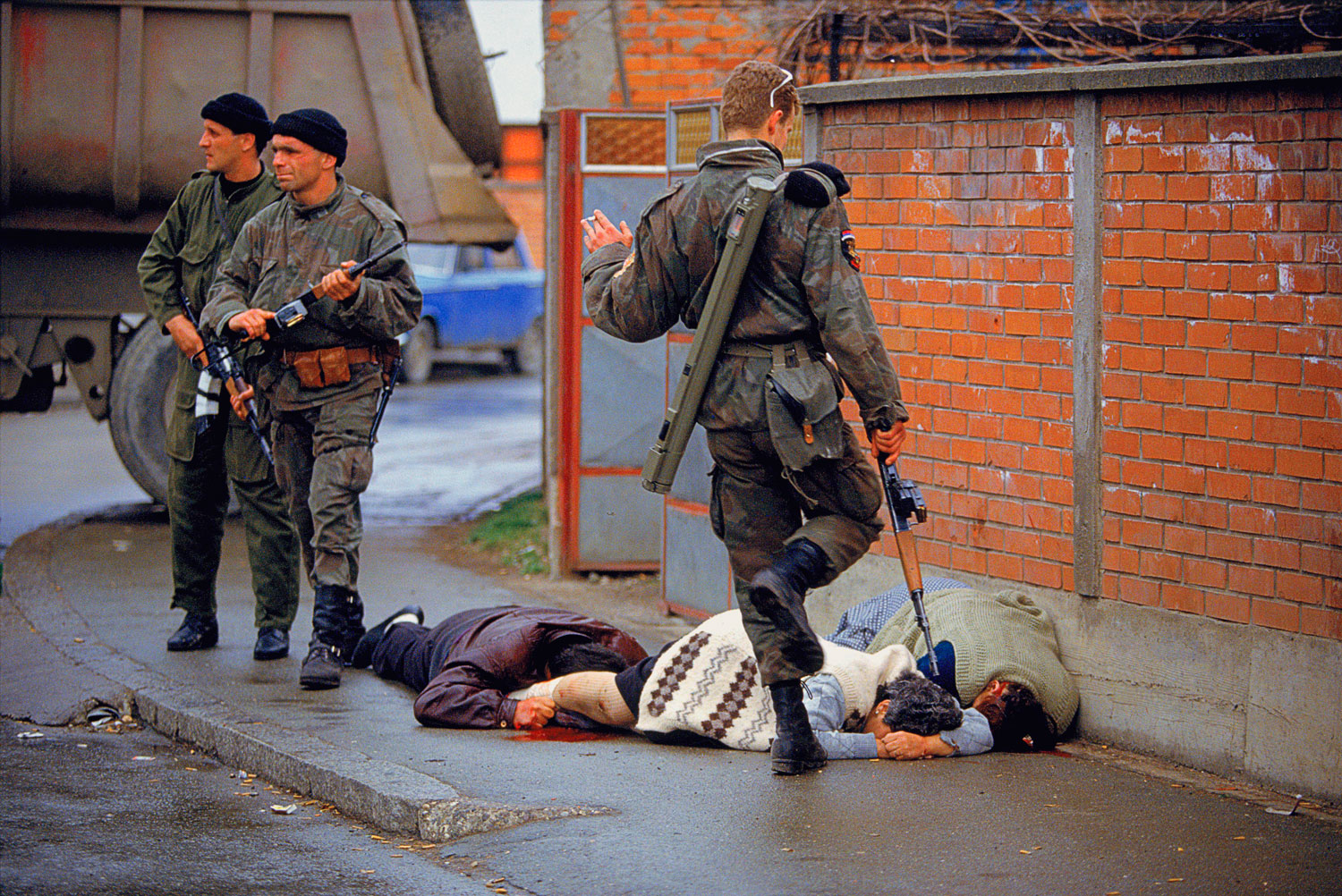
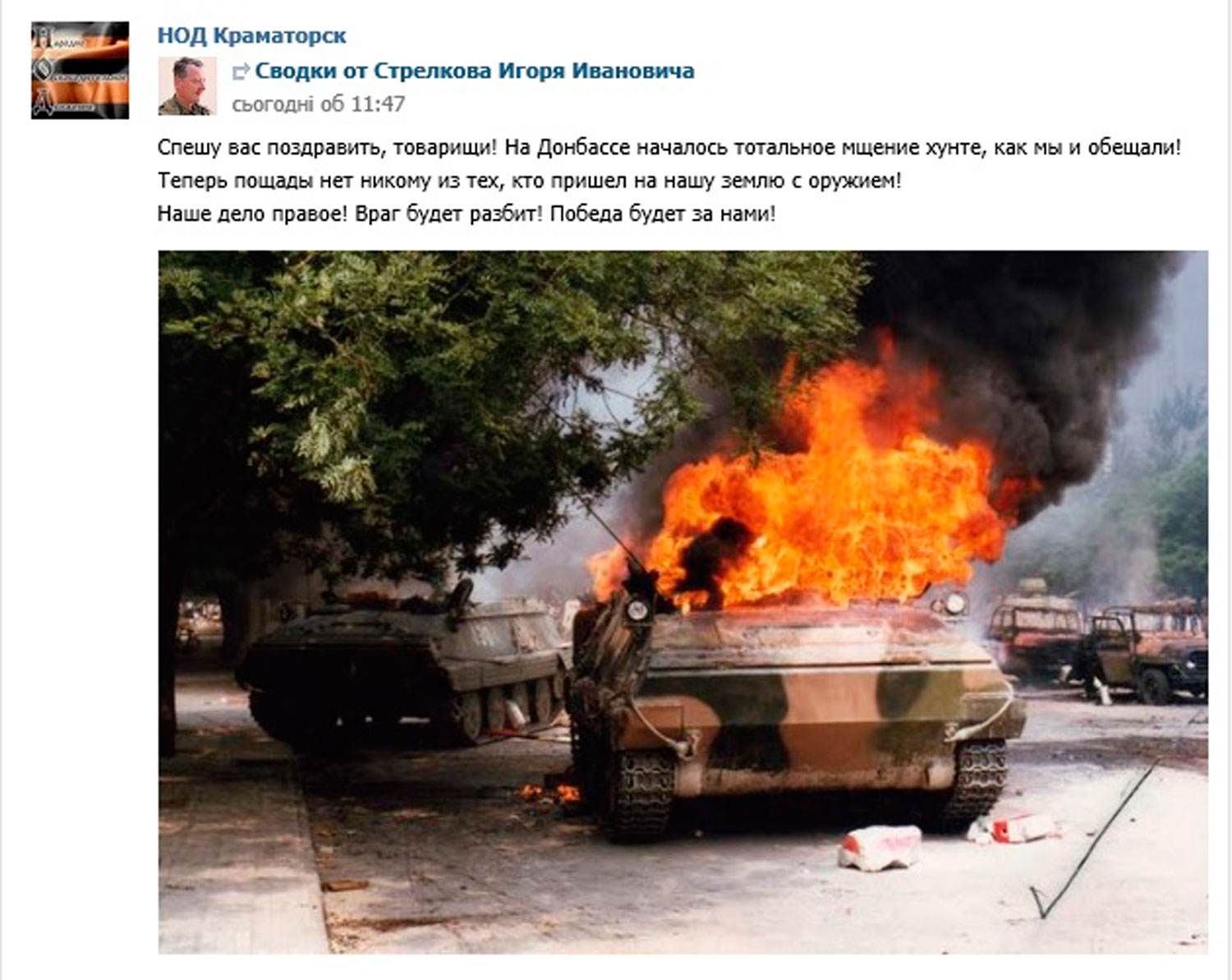
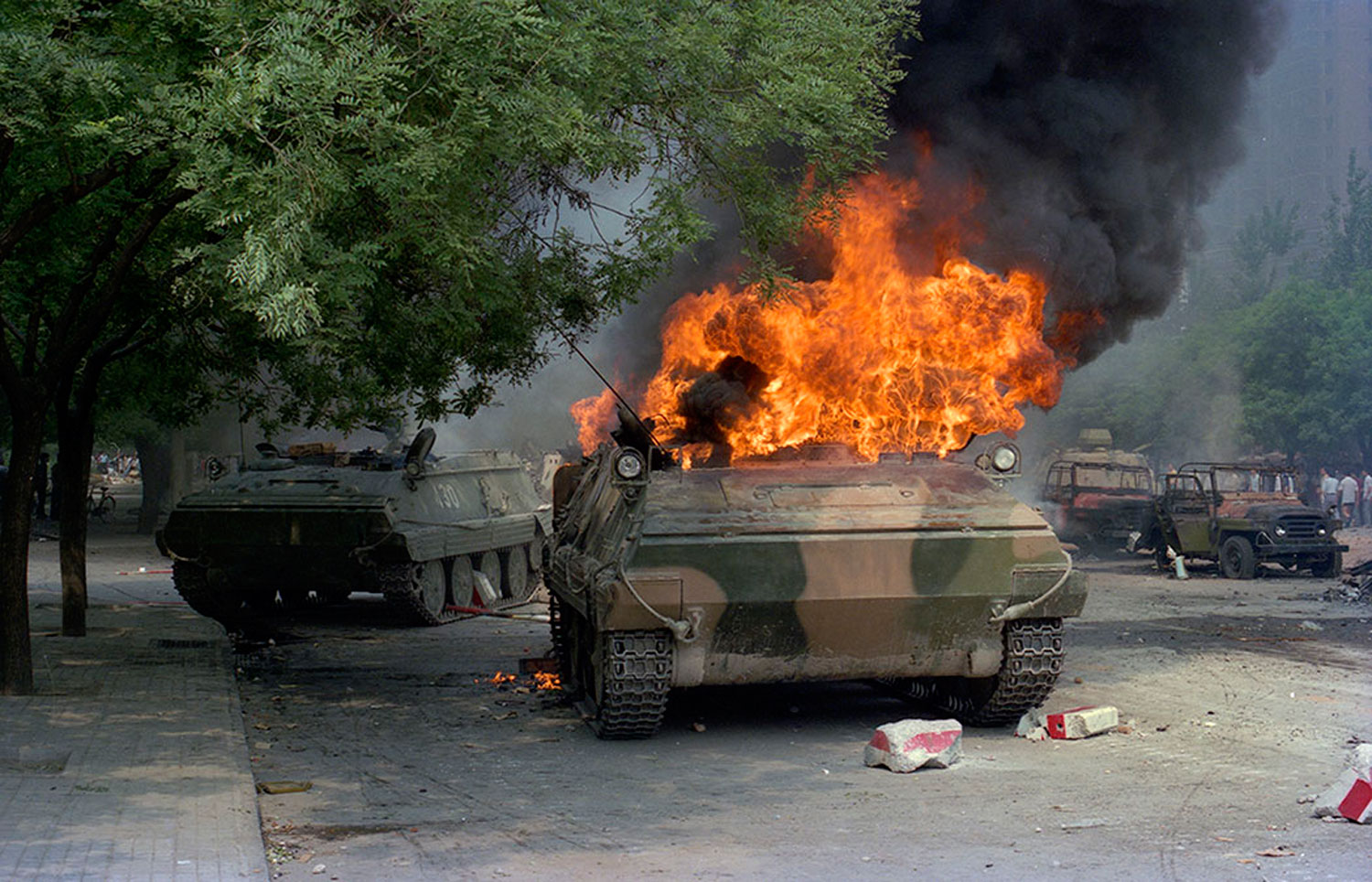

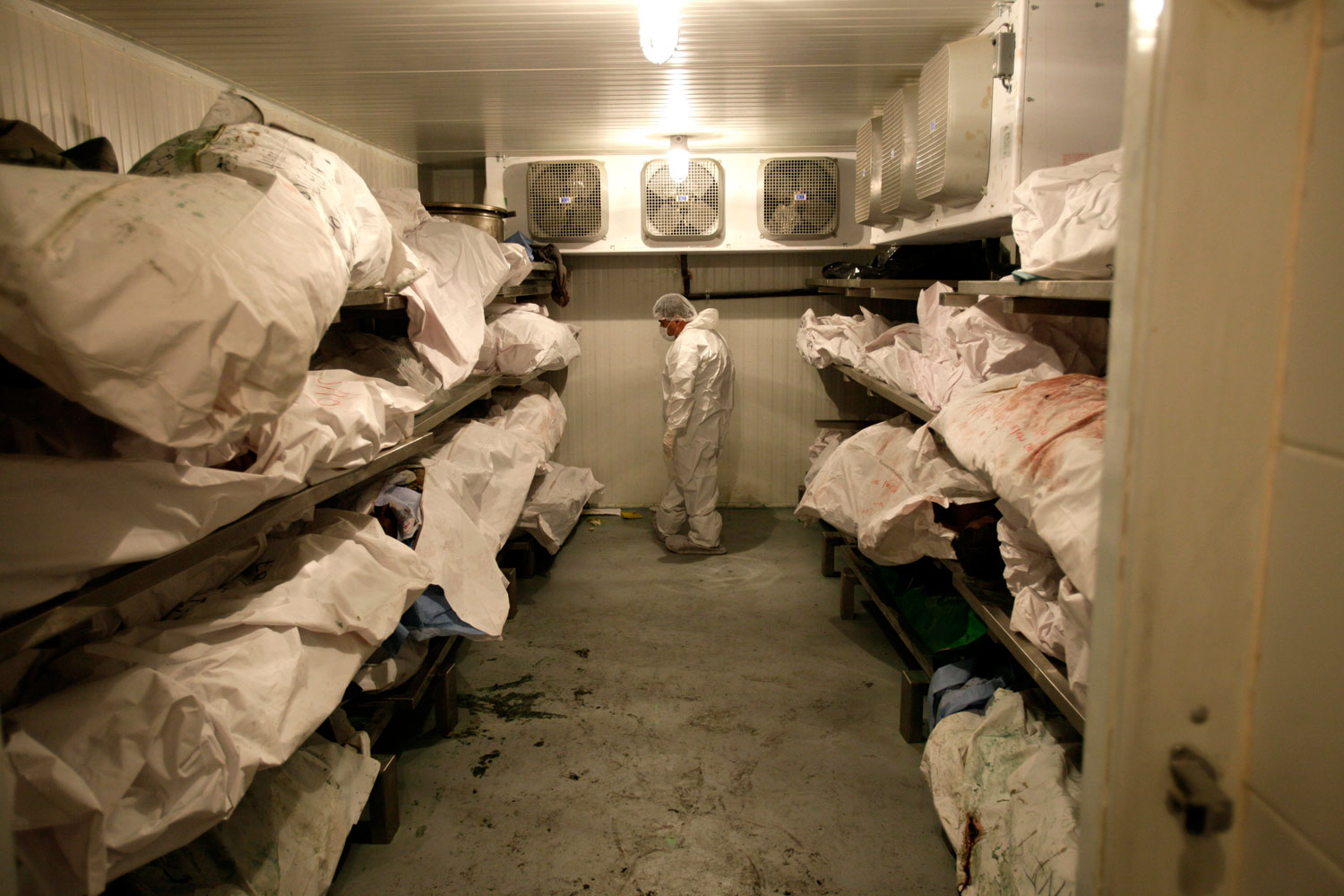

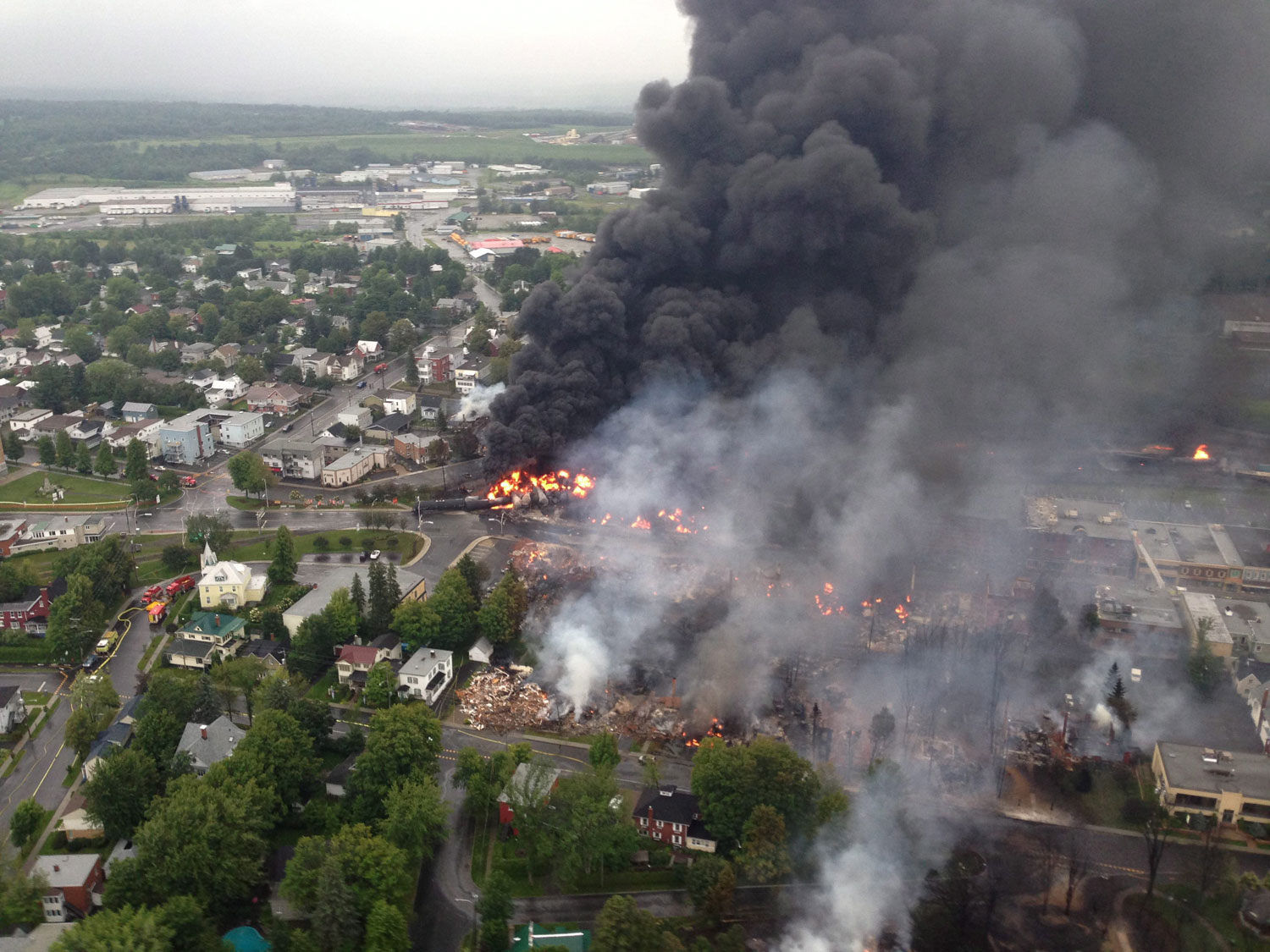
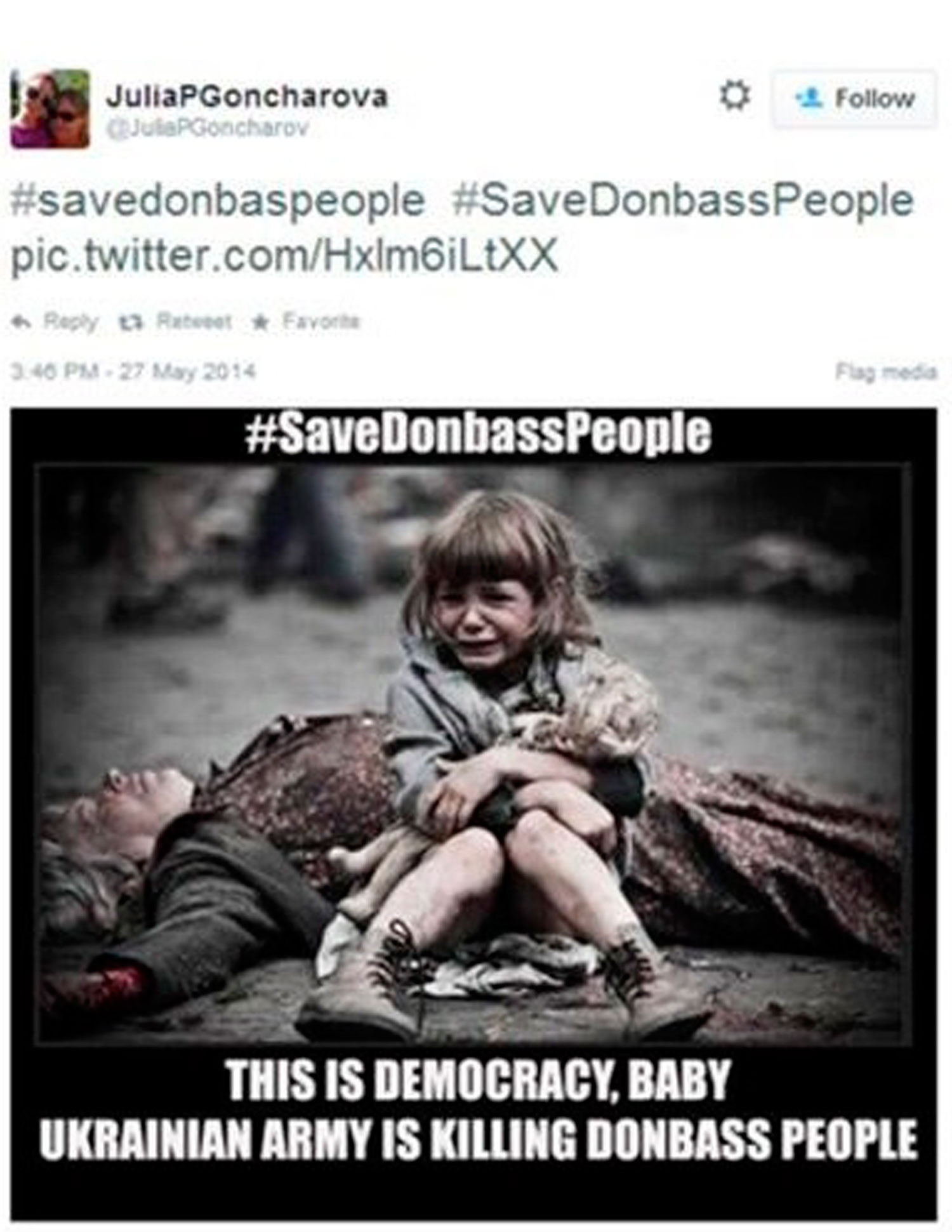
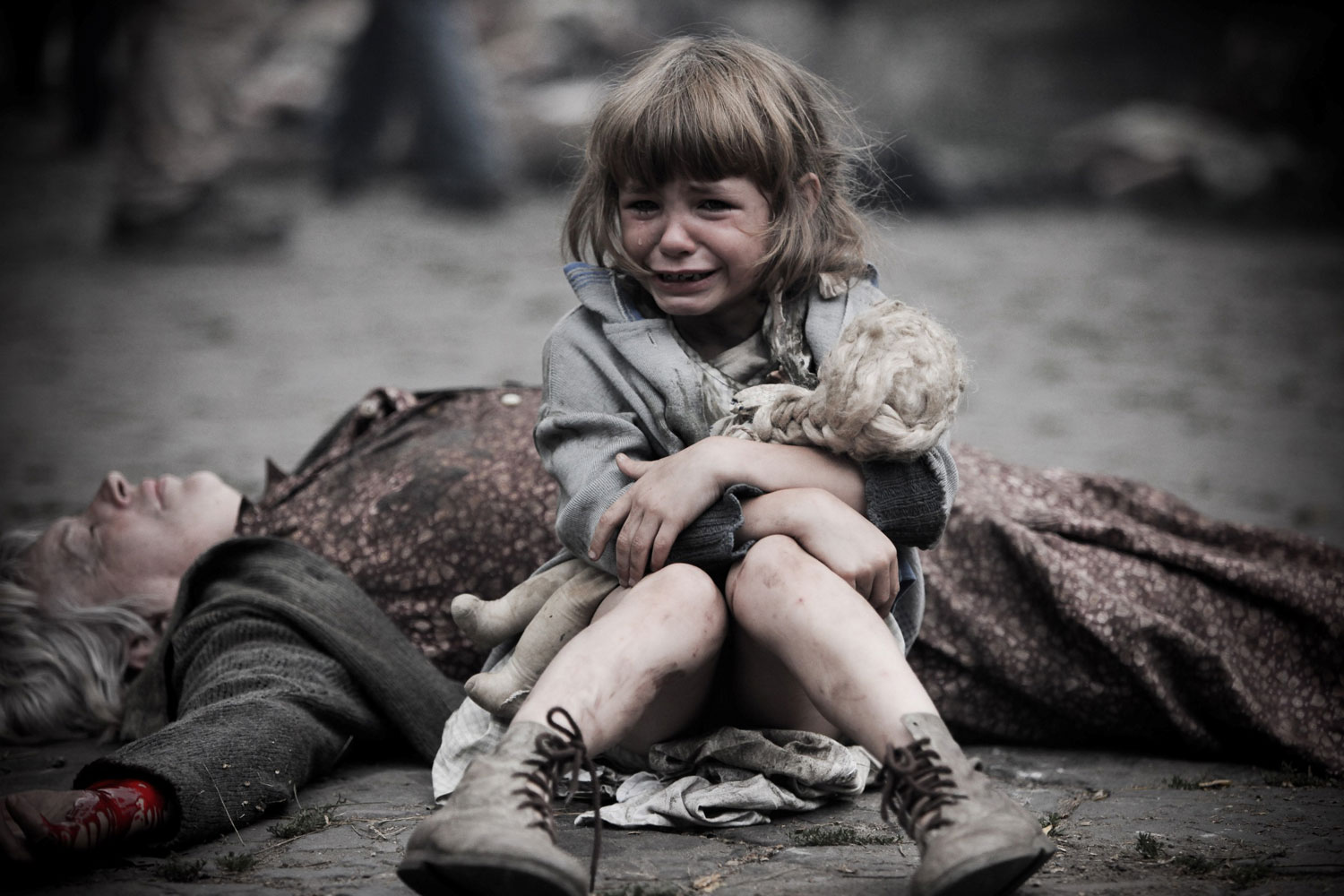
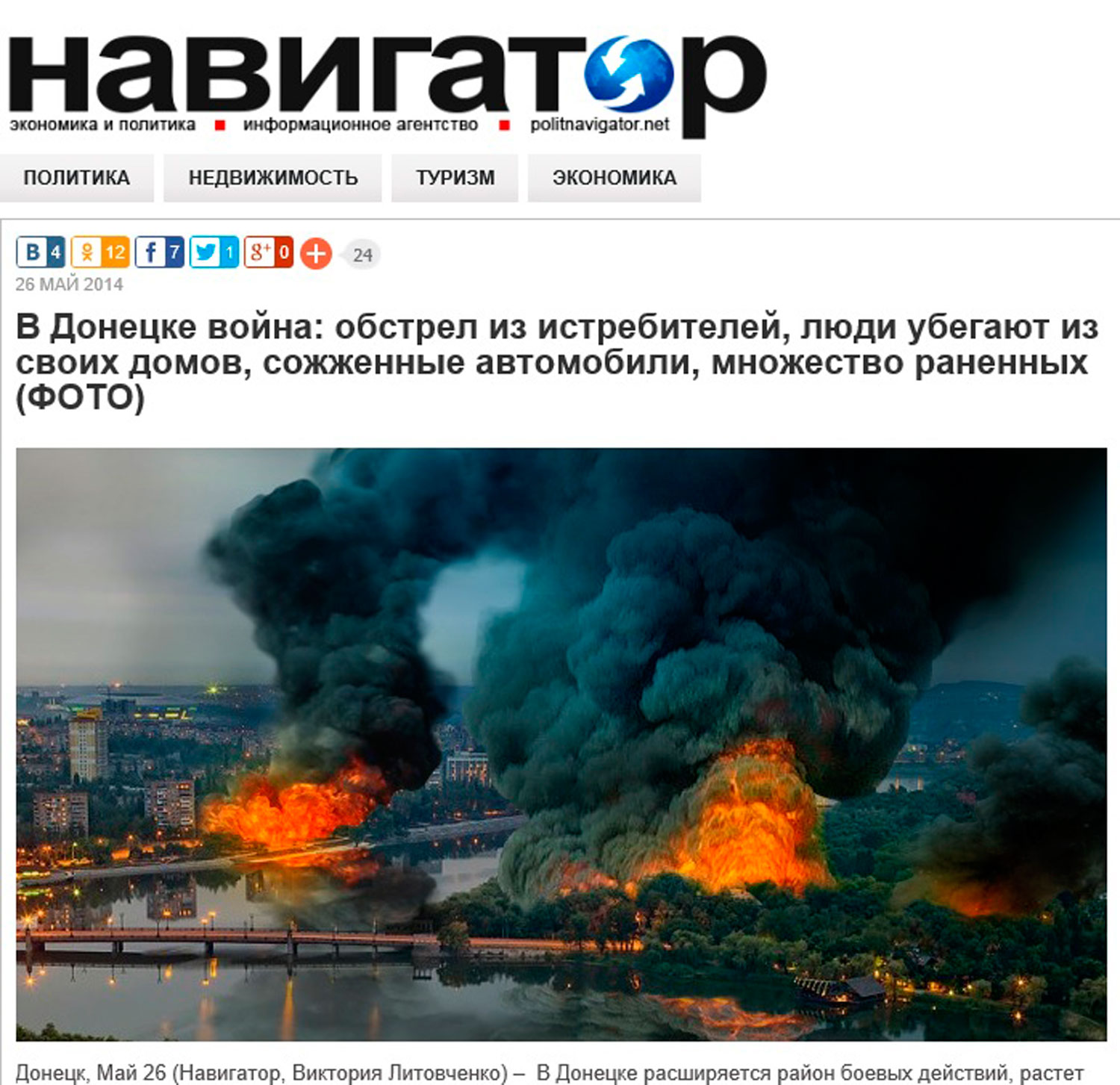
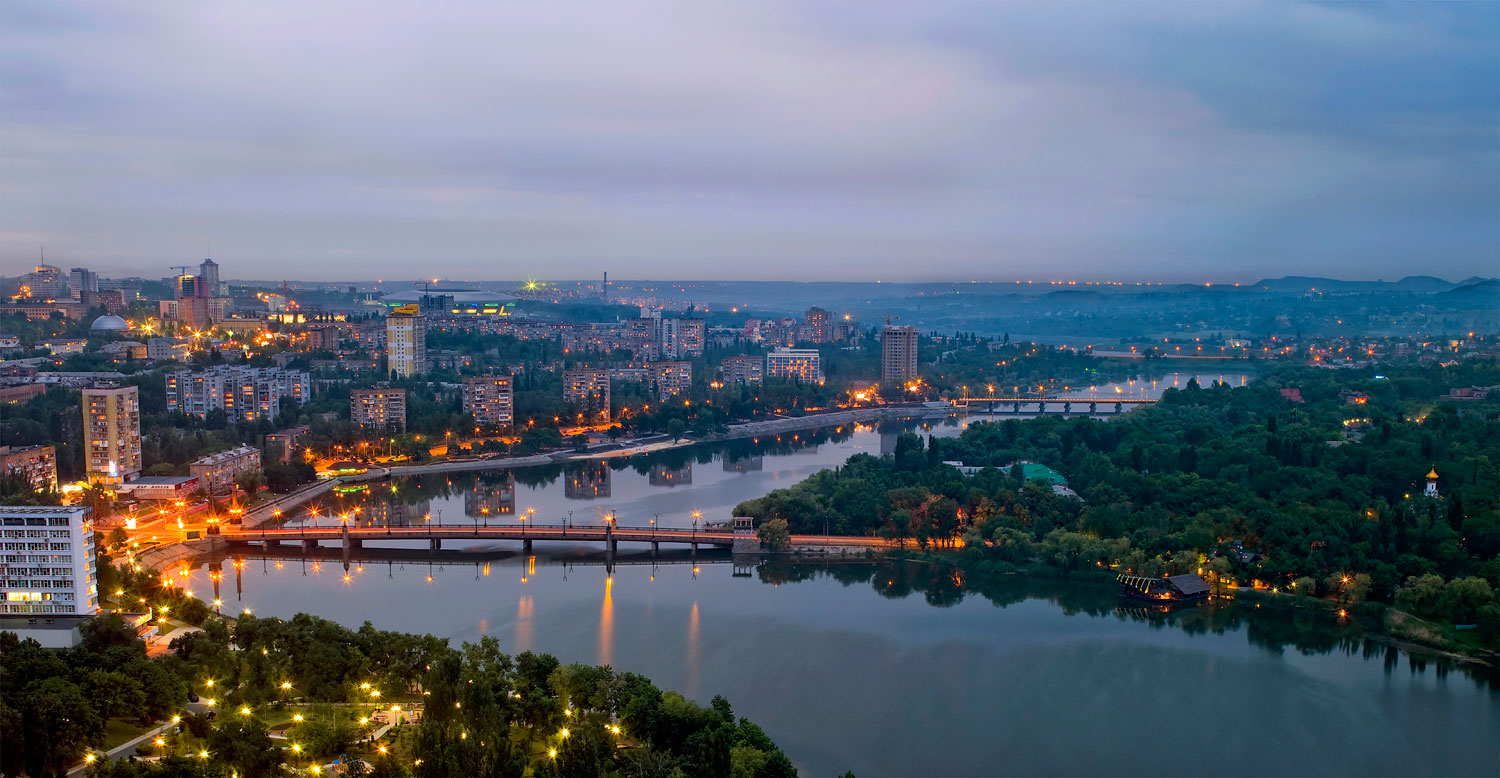
More Must-Reads from TIME
- Donald Trump Is TIME's 2024 Person of the Year
- Why We Chose Trump as Person of the Year
- Is Intermittent Fasting Good or Bad for You?
- The 100 Must-Read Books of 2024
- The 20 Best Christmas TV Episodes
- Column: If Optimism Feels Ridiculous Now, Try Hope
- The Future of Climate Action Is Trade Policy
- Merle Bombardieri Is Helping People Make the Baby Decision
Contact us at letters@time.com